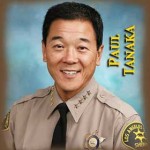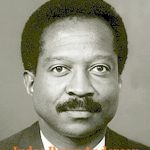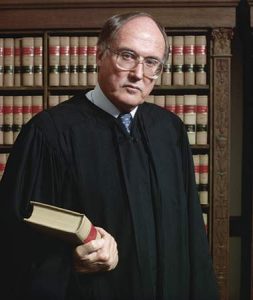Anaheim residents deserve protection from police misconduct. Sadly, violations can happen. Knowing your rights helps you stand up against injustice.
Understanding Police Misconduct
Police misconduct occurs when law enforcement officials act outside the law. This can lead to serious violations of individual rights.
Examples of Police Misconduct in Anaheim
- Excessive Force: Applying unnecessary force during arrests.
- Illegal Detention: Holding individuals without legal cause.
- Discriminatory Practices: Targeting individuals based on race or background.
Your Rights in Anaheim
You have rights that law enforcement must respect, including:
- The right to remain silent.
- The right to refuse a search without a warrant.
- The right to speak with an attorney.
What to Do if You Experience Misconduct
- Document the Incident: Take notes on what happened immediately.
- File a Complaint: Report the incident to the Anaheim Police Department.
- Consult a Lawyer: Reach out to Jerry L. Steering for legal assistance.
If you face police misconduct in Anaheim, take action. Call Jerry L. Steering at (949) 474-1849 or email Mr. Steering at jerry@steeringlaw.com.

Steering Law is a California-based civil rights and criminal defense firm led by Jerry L. Steering, Esq. The firm focuses on police misconduct cases, including excessive force, false arrest, malicious prosecution, contempt of cop incidents, and 42 U.S.C. §1983 civil rights actions, while also handling serious criminal defense matters. Steering Law is dedicated to protecting clients’ constitutional rights and delivering justice for individuals who have been wronged by law enforcement.










 By
By  POLICE BRUTALITY – EXCESSIVE FORCE ATTORNEY
POLICE BRUTALITY – EXCESSIVE FORCE ATTORNEY









